Parentheses are punctuation marks that look like curly brackets. They are used in pairs and can contain phrases, clauses, or even complete sentences. Let’s look at some ways to use them more specifically.
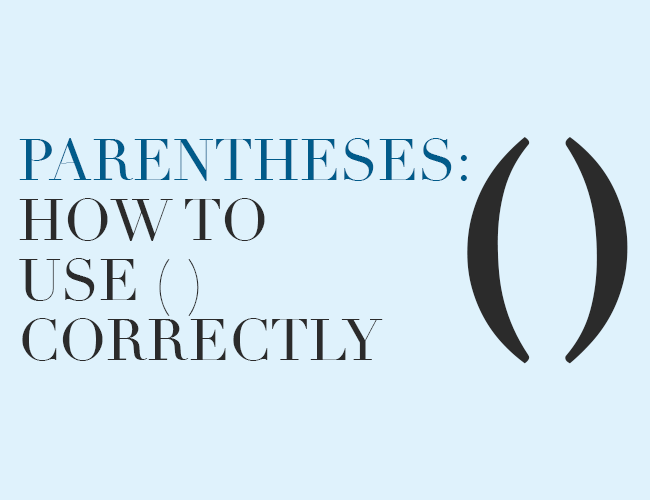
At The Write Practice, we publish a new article each day designed to help writers tackle one part of their writing journey, from generating ideas to grammar to writing and publishing your first book. Each article has a short practice exercise at the end to help you immediately put your learning to use.
Check out the latest articles below or find ones that match your interest in the sidebar.
And make sure to subscribe to get a weekly digest of our latest posts, along with our free guide, 10 Steps to Become a Writer.

Parentheses are punctuation marks that look like curly brackets. They are used in pairs and can contain phrases, clauses, or even complete sentences. Let’s look at some ways to use them more specifically.

You’ve fought through the first draft. You’ve worked with your editor to complete all the passes needed to make your book the best it can be. It’s ready to become a book. Now what? Read on to see if you could benefit from Atticus, a new book writing software.

R.L. Stine is the author of over 300 books for readers ages 7 to 15. Generations of kids have been introduced to the wonderful world of horror through Stine’s Goosebumps and Fear Street series. Stine is a true master of reaching young readers, and who better to host his course than MasterClass?
In this post, I’m going to share my personal R.L. Stine MasterClass review. I’ll outline what’s in the course, what I learned and what I didn’t, and why you should (or shouldn’t!) take the class.
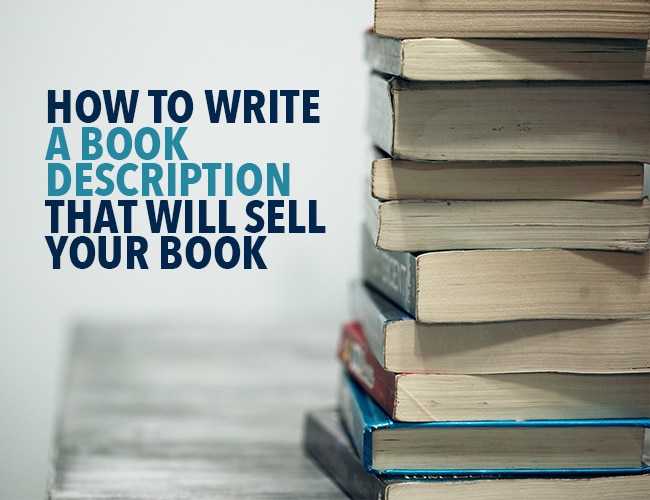
What is the first thing you check on a book (after the cover art)? I would bet, whether you’re at the library, at a bookstore, or shopping online, it’s the book description. What does that mean for you as a writer? You need to know how to write a book description, preferably a great one.
Nothing sells a book like a well-written description.
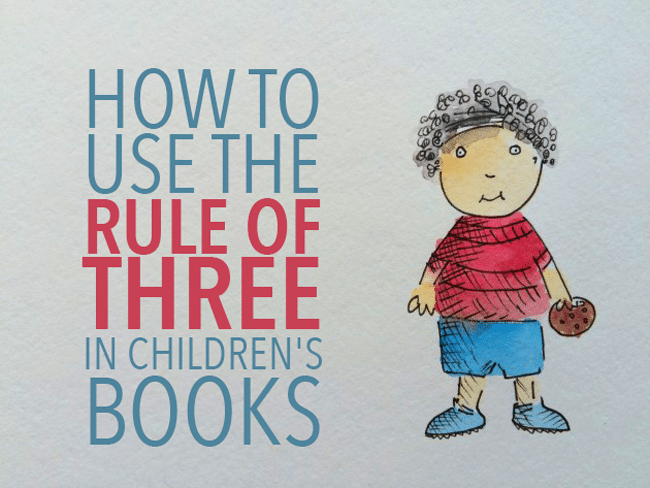
Interesting things come in threes. There are three little pigs, not four. Three kittens lost their mittens, Goldilocks and the three bears, three musketeers. You might even say “three is a magic number.”
If you’re a writer, especially a children’s book author, you should be using the rule of three in your writing. In this post, we’ll talk about how.
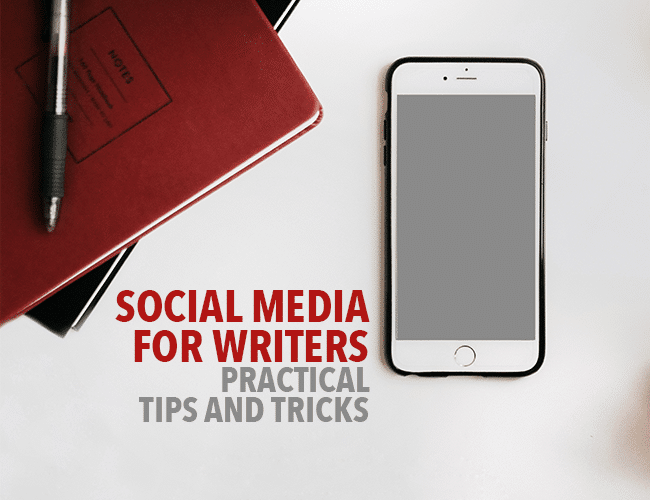
Being a creator means getting your content out there to a target audience, and one of the best ways is through social media channels if you want to reach your readers directly. Here’s some practical advice on social media for writers.
Luckily, it’s actually much easier than you might think. Let’s take a look at the best ways for an author to use four of the biggest social media platforms: Facebook, Twitter, Instagram, and Pinterest.

Today I want to talk about fear. Fear of writing, fear of sharing your work, fear of publishing—and how you can overcome it.
Writers face fear on a day-to-day basis.
The self-doubt. The fear of failure. And, oh, the vulnerability.
Writing is hard enough with all the self-evaluation and doubt about your abilities. But then sharing your work with other people so they can critique or review it? CRINGE.
When you sink into that fear it debilitates you. If you let fear hold you back, you’re ensuring you never achieve your goals. You’ll never write that book and you’ll never get published. All because you were too scared.

The Hero’s Journey is easily the most-used and most-loved storytelling structure in the history of humanity. It resonates with readers in ways that are as old as human D.N.A. itself.
If you want to connect with readers and engage them on a deep level, you would be at an advantage to study this storytelling method and use as much of it as possible in your writing.
One of the best ways to study and master the Hero’s Journey is by seeing it at work in another story. And in recent history, there is no clearer use of the Hero’s Journey than George Lucas’s space opera, Star Wars.
Let’s break it down, step by step.
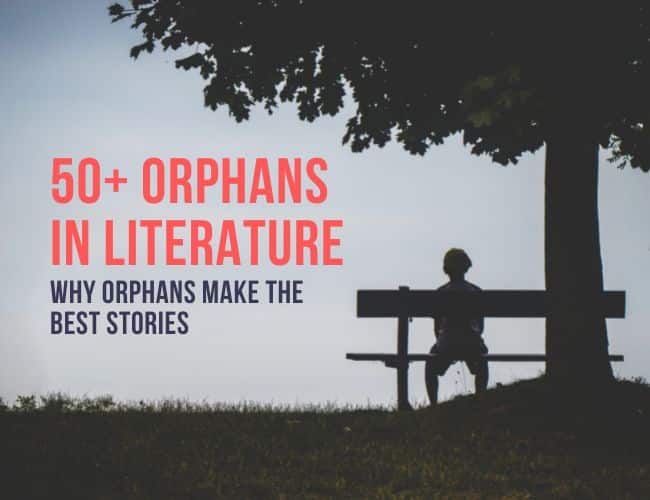
What do JK Rowling, Christopher Paolini, David Eddings, and Terry Goodkind have in common? They all wrote bestselling novels starring orphans. And this isn’t unique to fantasy. Orphans in literature is a big theme!
Victor Hugo, Charles Dickens, and Mark Twain all used orphans as some of their most memorable characters.
And don’t forget Superman.
In this post, we’re looking at more than fifty fictional orphans, why authors love writing about them, and whether or not you should include them in your story.

“In fiction, we can help our readers understand our characters’ motivations with clarity… people read fiction—to come to some understanding of why other people act the way they do.”
The question is, do you understand why your characters do the things they do? And are you conveying that understanding to the reader in an interesting way?